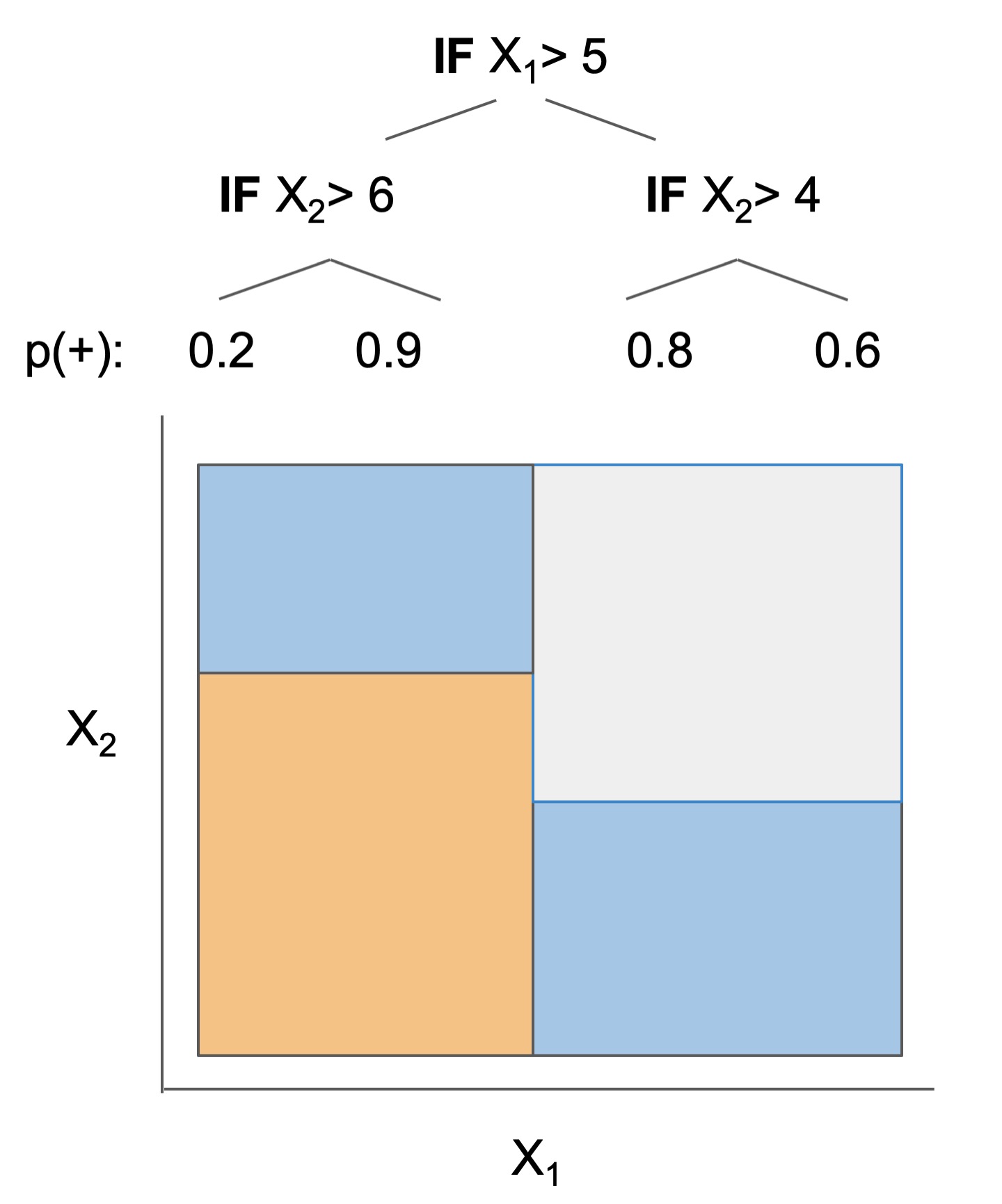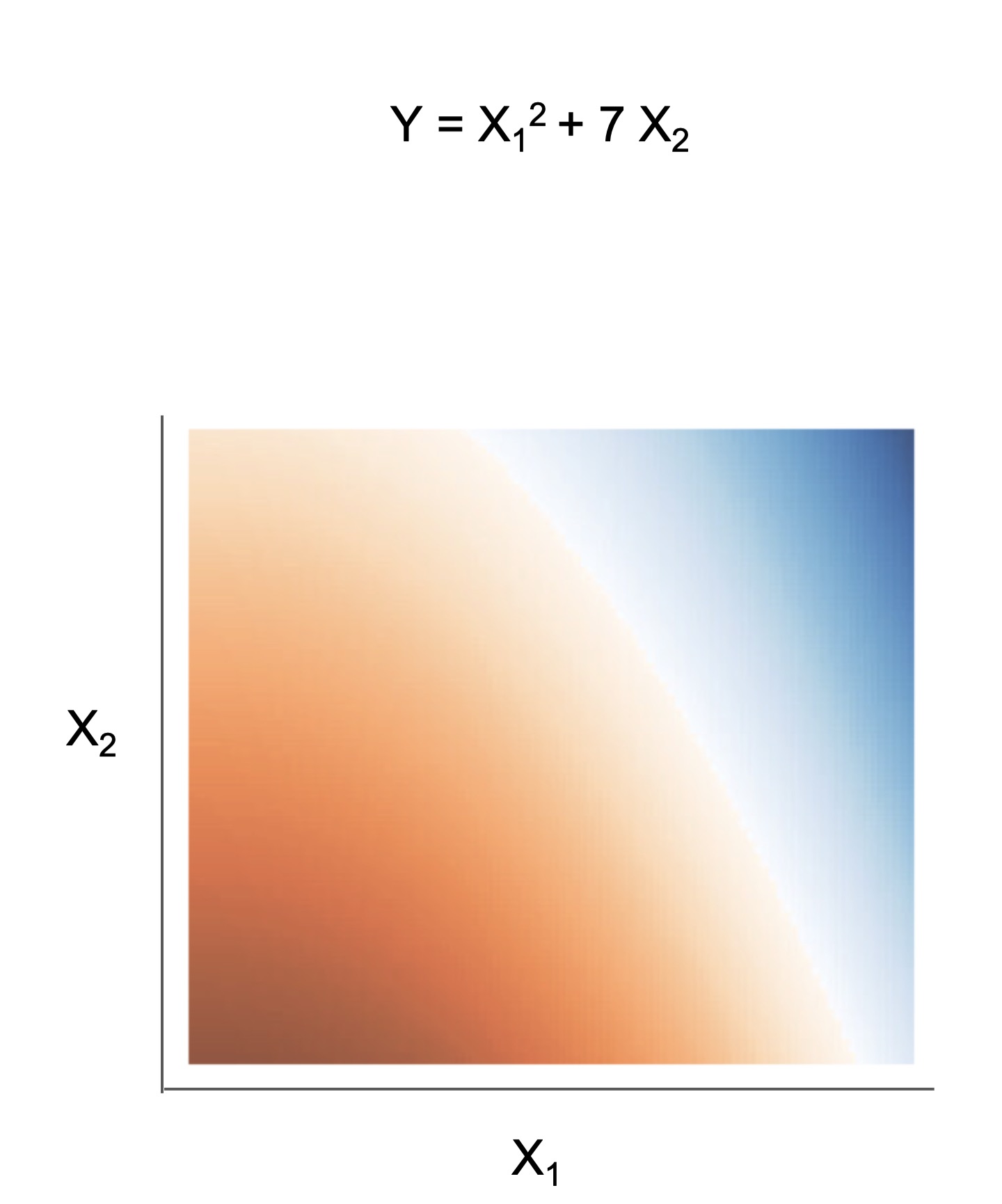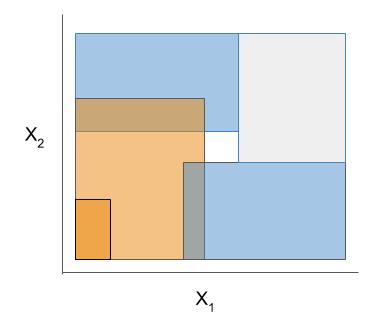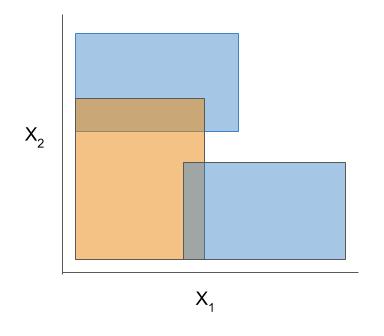Are you sure you want to delete this access key?



Python package for concise, transparent, and accurate predictive modeling. All sklearn-compatible and easily customizable.
docs • imodels overview • demo notebooks
Implementations of different popular interpretable models can be easily used and installed:
from imodels import BayesianRuleListClassifier, GreedyRuleListClassifier, SkopeRulesClassifier # see more models below
from imodels import SLIMRegressor, RuleFitRegressor
model = BayesianRuleListClassifier() # initialize a model
model.fit(X_train, y_train) # fit model
preds = model.predict(X_test) # discrete predictions: shape is (n_test, 1)
preds_proba = model.predict_proba(X_test) # predicted probabilities: shape is (n_test, n_classes)
print(model) # print the rule-based model
-----------------------------
# if X1 > 5: then 80.5% risk
# else if X2 > 5: then 40% risk
# else: 10% risk
Install with pip install imodels (see here for help). Contains the following models:
| Model | Reference | Description |
|---|---|---|
| Rulefit rule set | 🗂️, 🔗, 📄 | Extracts rules from a decision tree then builds a sparse linear model with them |
| Skope rule set | 🗂️, 🔗 | Extracts rules from gradient-boosted trees, deduplicates them, then forms a linear combination of them based on their OOB precision |
| Boosted rule set | 🗂️, 🔗, 📄 | Uses Adaboost to sequentially learn a set of rules |
| Bayesian rule list | 🗂️, 🔗, 📄 | Learns a compact rule list by sampling rule lists (rather than using a greedy heuristic) |
| Greedy rule list | 🗂️, 🔗 | Uses CART to learn a list (only a single path), rather than a decision tree |
| OneR rule list | 🗂️, 📄 | Learns rule list restricted to only one feature |
| Optimal rule tree | 🗂️, 🔗, 📄 | (In progress) Learns succinct trees using global optimization rather than greedy heuristics |
| Iterative random forest | 🗂️, 🔗, 📄 | (In progress) Repeatedly fit random forest, giving features with high importance a higher chance of being selected. |
| Sparse integer linear model | 🗂️, 📄 | Forces coefficients to be integers |
| Rule sets | ⌛ | (Coming soon) Many popular rule sets including SLIPPER, Lightweight Rule Induction, MLRules |
Docs 🗂️, Reference code implementation 🔗, Research paper 📄
More models coming soon!
The final form of the above models takes one of the following forms, which aim to be simultaneously simple to understand and highly predictive:
| Rule set | Rule list | Rule tree | Algebraic models |
|---|---|---|---|
 |
 |
 |
 |
Different models and algorithms vary not only in their final form but also in different choices made during modeling. In particular, many models differ in the 3 steps given by the table below.
See the docs for individual models for futher descriptions.
| Rule candidate generation | Rule selection | Rule pruning / combination |
|---|---|---|
 |
 |
 |
The code here contains many useful and customizable functions for rule-based learning in the util folder. This includes functions / classes for rule deduplication, rule screening, and converting between trees, rulesets, and neural networks.
Demos are contained in the notebooks folder.
imodels_demo - shows how to fit, predict, and visualize with different interpretable models
clinical decision rule notebook - shows an example of using
imodelsfor deriving a clinical decision rule we also include some demos of posthoc analysis, which occurs after fitting models
- posthoc.ipynb - shows different simple analyses to interpret a trained model
- uncertainty.ipynb - basic code to get uncertainty estimates for a model
Different models support different machine-learning tasks. Current support for different models is given below:
| Model | Binary classification | Regression |
|---|---|---|
| Rulefit rule set | ✔️ | ✔️ |
| Skope rule set | ✔️ | |
| Boosted rule set | ✔️ | |
| Bayesian rule list | ✔️ | |
| Greedy rule list | ✔️ | |
| OneR rule list | ✔️ | |
| Optimal rule tree | ||
| Iterative random forest | ||
| Sparse integer linear model | ✔️ | ✔️ |
Press p or to see the previous file or, n or to see the next file
Are you sure you want to delete this access key?
Are you sure you want to delete this access key?
Are you sure you want to delete this access key?
Are you sure you want to delete this access key?